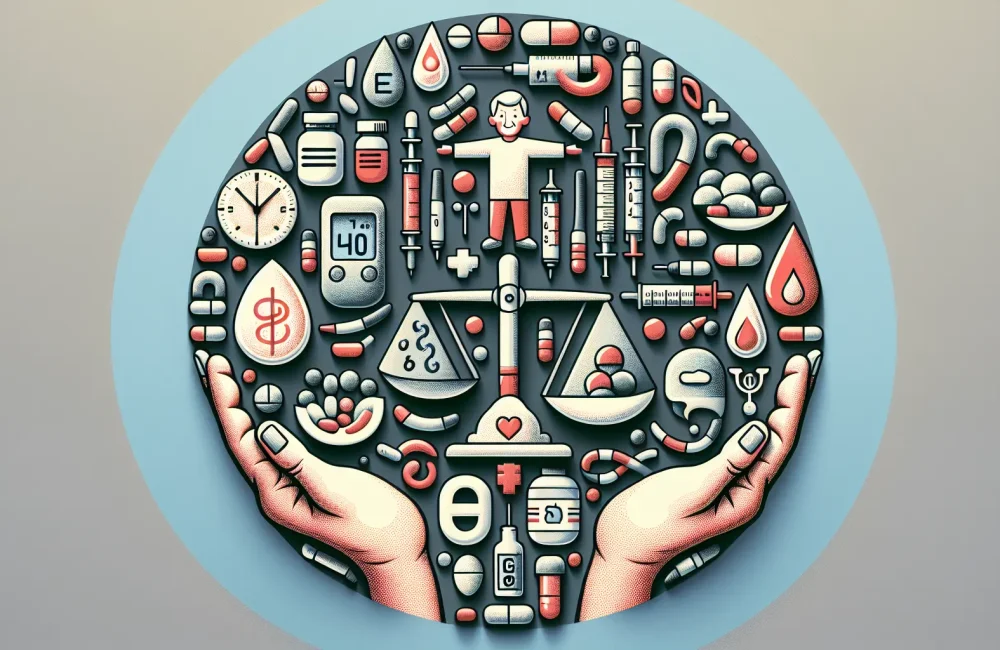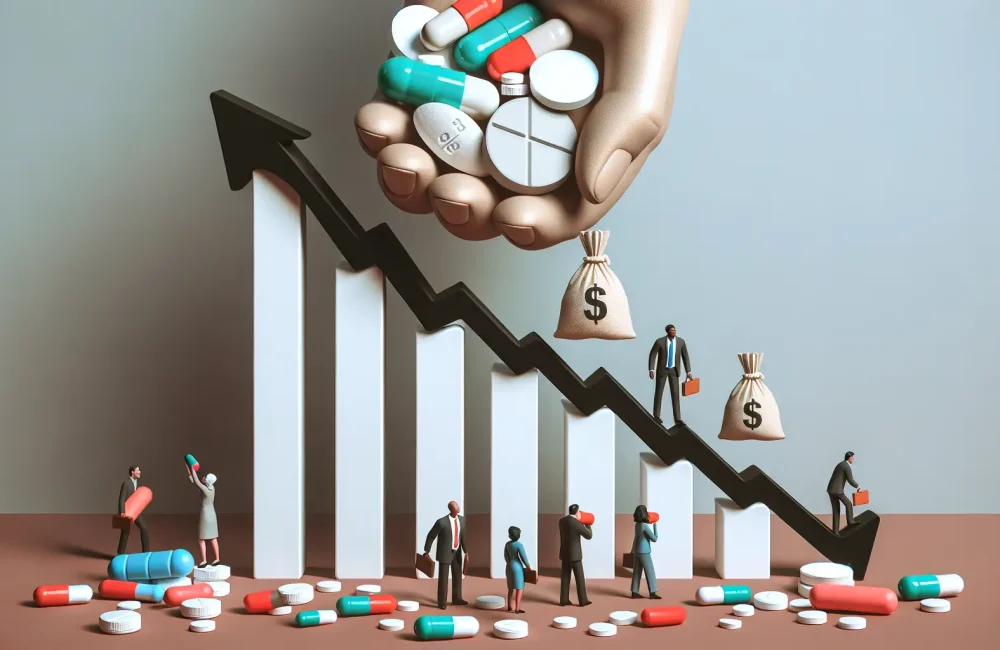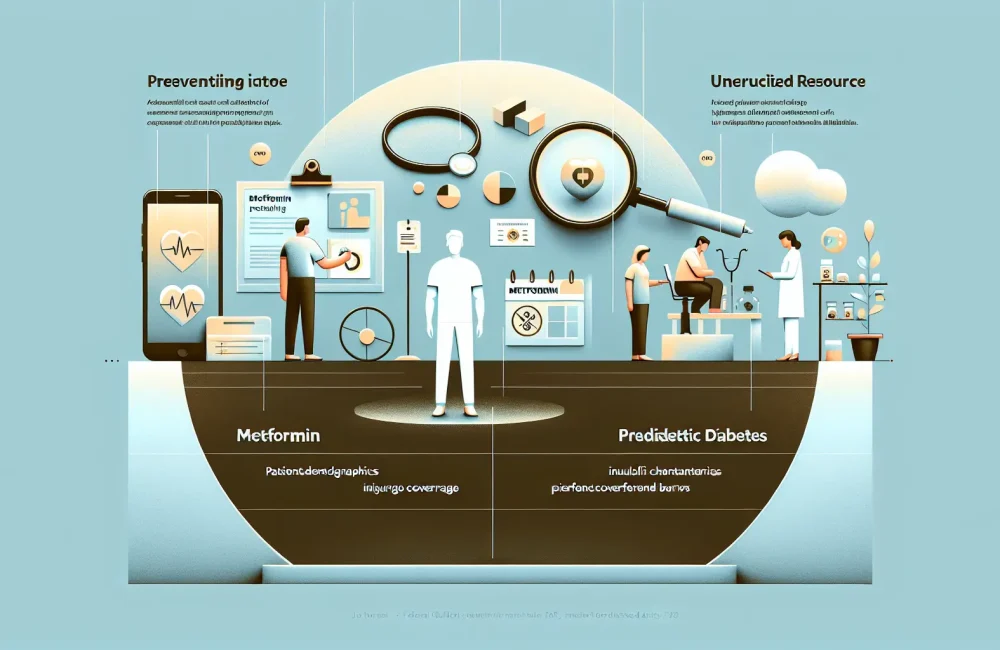By CAFMI AI From Journal of General Internal Medicine
Understanding Patient Decision-Making in Diabetes Medication Selection
**Balancing Effectiveness and Side Effects** Patients with type 2 diabetes approach choosing glucose-lowering medications by weighing multiple factors carefully. A central concern for many is achieving effective blood glucose control while minimizing adverse effects, especially hypoglycemia. This reflects real-world clinical priorities since hypoglycemia can have acute, potentially dangerous consequences. Participants generally showed preference for medications that maintain glucose levels within target ranges but cause fewer side effects, supporting better adherence and quality of life. Their narratives highlighted the importance of medication safety and tolerability over simple efficacy metrics alone, underscoring a need for clinicians to frame treatment discussions around patient experiences and risks. Some patients favored oral agents due to their convenience and perceived lower burden, often viewing injectables with hesitation despite their potential efficacy. This highlights the clinical importance of discussing various modes of administration openly to address patient concerns and preferences. In clinical practice, understanding such patient priorities supports shared decision-making and personalized treatment, enhancing engagement and outcomes.
Clinical and Financial Factors Influence Medication Choices
**Cost, Insurance, and Access Considerations** Financial factors play a variable but significant role in medication decision-making among people with type 2 diabetes. Participants’ ability to afford medications was closely tied to their type and extent of insurance coverage. Some experienced substantial cost barriers affecting their willingness or ability to choose certain glucose-lowering agents, particularly newer or branded medications with higher prices. This financial reality can influence adherence and clinical outcomes. Healthcare providers must routinely assess patients’ insurance status and financial barriers to optimize prescribing practices and support medication affordability. Including cost discussions as part of the clinical encounter can promote patient trust and adherence. Clinicians should also be aware of assistance programs, generic alternatives, or formulary options available to patients to alleviate financial burden. Furthermore, patients valued clear, understandable information from their providers and peers as part of their decision-making process. This shows the importance of education and communication in helping patients balance clinical and financial factors when selecting treatments.
The Role of Personal Experience and Social Support
**Influence of Personal Stories and Peer Support** Beyond clinical and financial considerations, personal experience and social networks significantly impact medication choices for people with type 2 diabetes. Participants often relied on prior experiences with medications, including perceived effectiveness and side effects, to guide future decisions. Additionally, advice and stories from family, friends, and support groups provided valuable context and reassurance. These social influences helped shape attitudes towards certain treatments and bolstered confidence in managing the condition. Recognizing the role of personal and community experiences emphasizes the need for healthcare providers to engage in empathetic conversations and consider patient backgrounds. Integrating social support mechanisms into diabetes care can enhance adherence, satisfaction, and overall health outcomes.
Read The Original Publication Here






